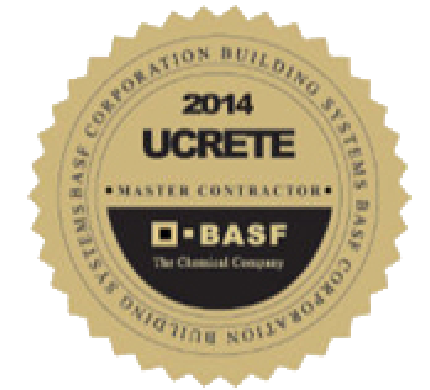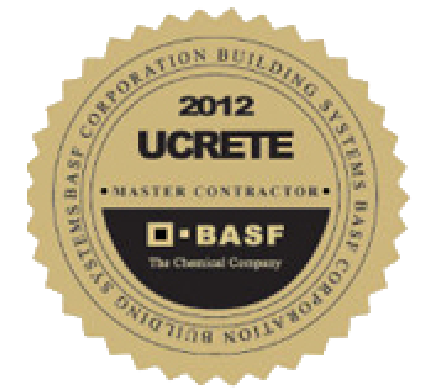Industrial Floor Damage: Causes and Prevention

All floors are rated for their ability to withstand compressive strength in pounds per square inch.
However, not all loads are the same. Point loads are loads in which the weight is pressed down on a single point and are particularly dangerous thanks to the laws of physics.
It’s simple: The smaller the weight-bearing surface area, the less compressive strength it can withstand. This is because less surface area means there’s less space to distribute weight onto.
Because of this:
- One square inch can bear a compressive load of 17,500 pounds.
- One-sixteenth of a square inch can only bear a compressive load of 68 pounds.
For example, if a piece of plywood lies flat on your floor, it will distribute its weight evenly throughout the flooring beneath it. If there’s a nail sticking out from the plywood, however, most of the board’s weight will be distributed through the nail onto the portion of flooring it has contact with, making it much more dangerous to your flooring than the former scenario.
Any point-load surface area that dips below a square inch in size is considered dangerous.
Cause 1: Dropping Sharp or Thin Objects
Dropping small or sharp objects often leads to damage, scratches and cracks in the flooring.
How it can happen:
- Pots, pans and knives dropped in kitchen and dishwashing areas.
- Items falling from high shelves.
- Inventory spillage.
In order to prevent this sort of point-load damage, consider using a rubber mat in kitchen areas and in front of dishwashing sinks. Make sure all items in storage or placed on high shelves are properly secured.
Cause 2: Damaged or Undersized Wheels
Carts and other wheeled vehicles displace their weight through all four wheels—but consider that a small cart may have small wheels with as little as 0.32 of a square inch of contact area with the floor.
The smaller the wheels are, the less weight they can displace across a wide space of floor. If a hard object such as a pebble is embedded into one of the wheels, it will bear all of the weight of that wheel over its surface, often creating damage in the process.
When this happens:
- When undersized wheels are installed.
- When debris enters the wheels (often in delivery carts moving from outdoors to indoors).
To prevent this variety of damage, use large rubber wheels on carts instead of plastic or metal wheels. During transitions from high-debris areas, use a mat or carpet. Only store carts on a mat or sheet of plywood to spread the load out.
Cause 3: Angled Point Loads
Non-compressive point loads applied at an angle can physically damage flooring much faster than a standard point load.
This happens for two reasons:
- The adhesion, tensile and flexural properties of the floor system are much weaker than its compressive strength.
- The point load has added mechanical strength thanks to the object’s shape and the angle of force.
How this happens:
- Manufacturing and warehouse areas when a pallet with a nail tip sticking out is dragged across the surface of the floor.
- A hammer’s claw impacts the floor.
To prevent this, use or forklift or lift pallets slightly off the ground to move them. Consider using a non-permanent layer of protection like a plastic sheet.
Take Extra Precaution
For additional protection from point-load damage, use protective equipment such as Ram board, masonite or plywood. A plastic sheet between the protective material and the flooring will keep rougher materials from scratching your floor.
Concerned about the compressive, tensile and flexural strength of your flooring system choice? Talk to Surface Solutions today, and we’ll help you find the solution to your surface problems.
NEED A FLOORING CONSULTANT?
Call us now at 317-388-8000 or click the button to plan your project today

COMPANY AWARDS









